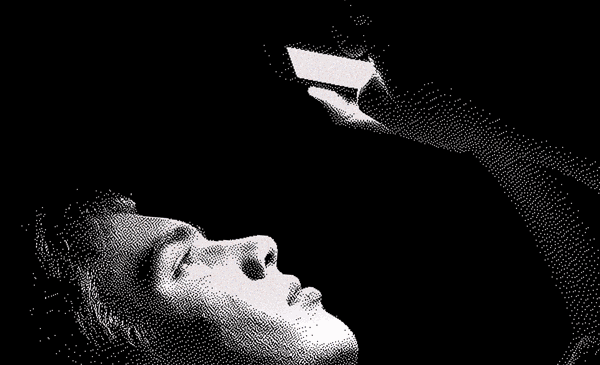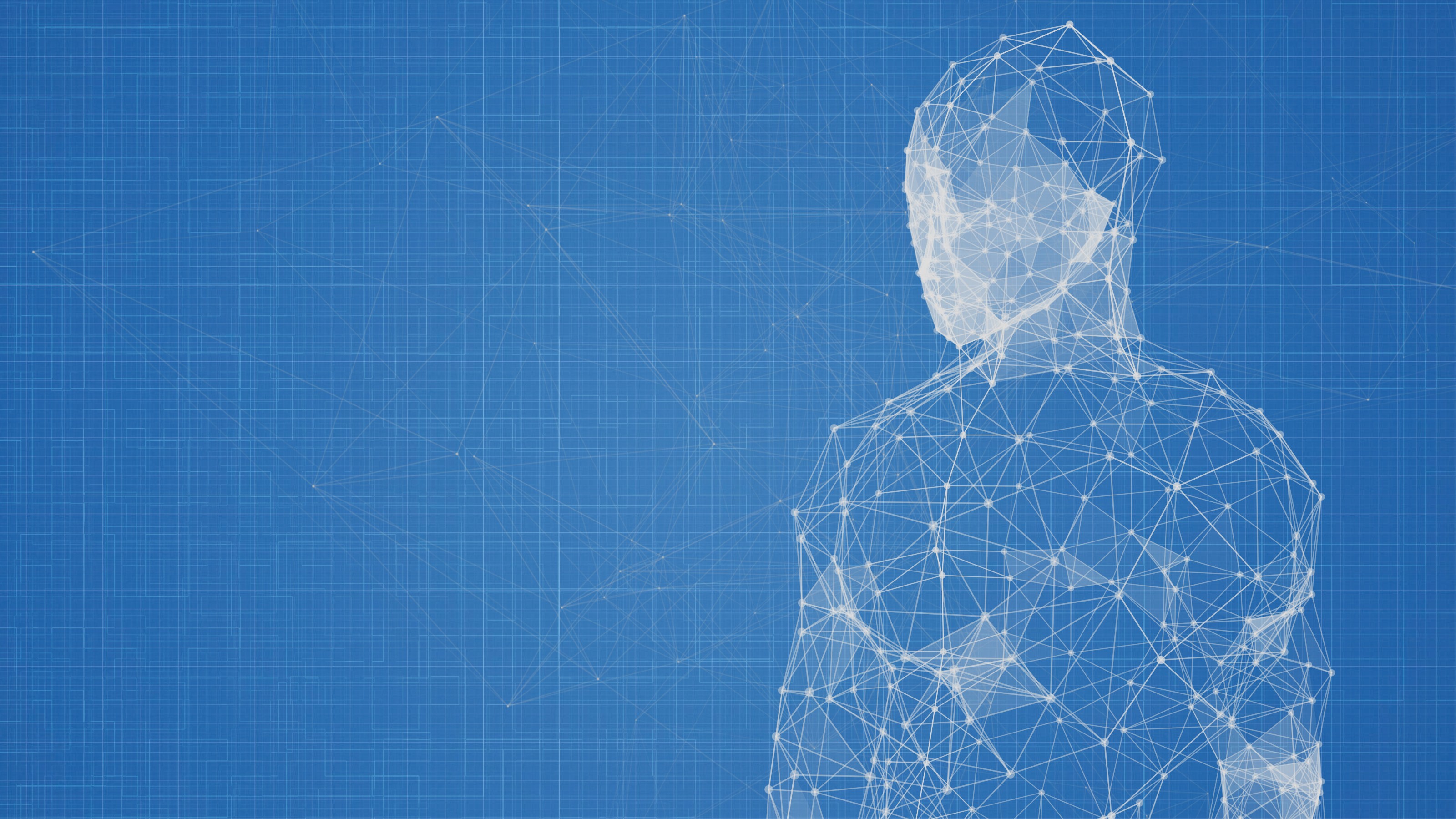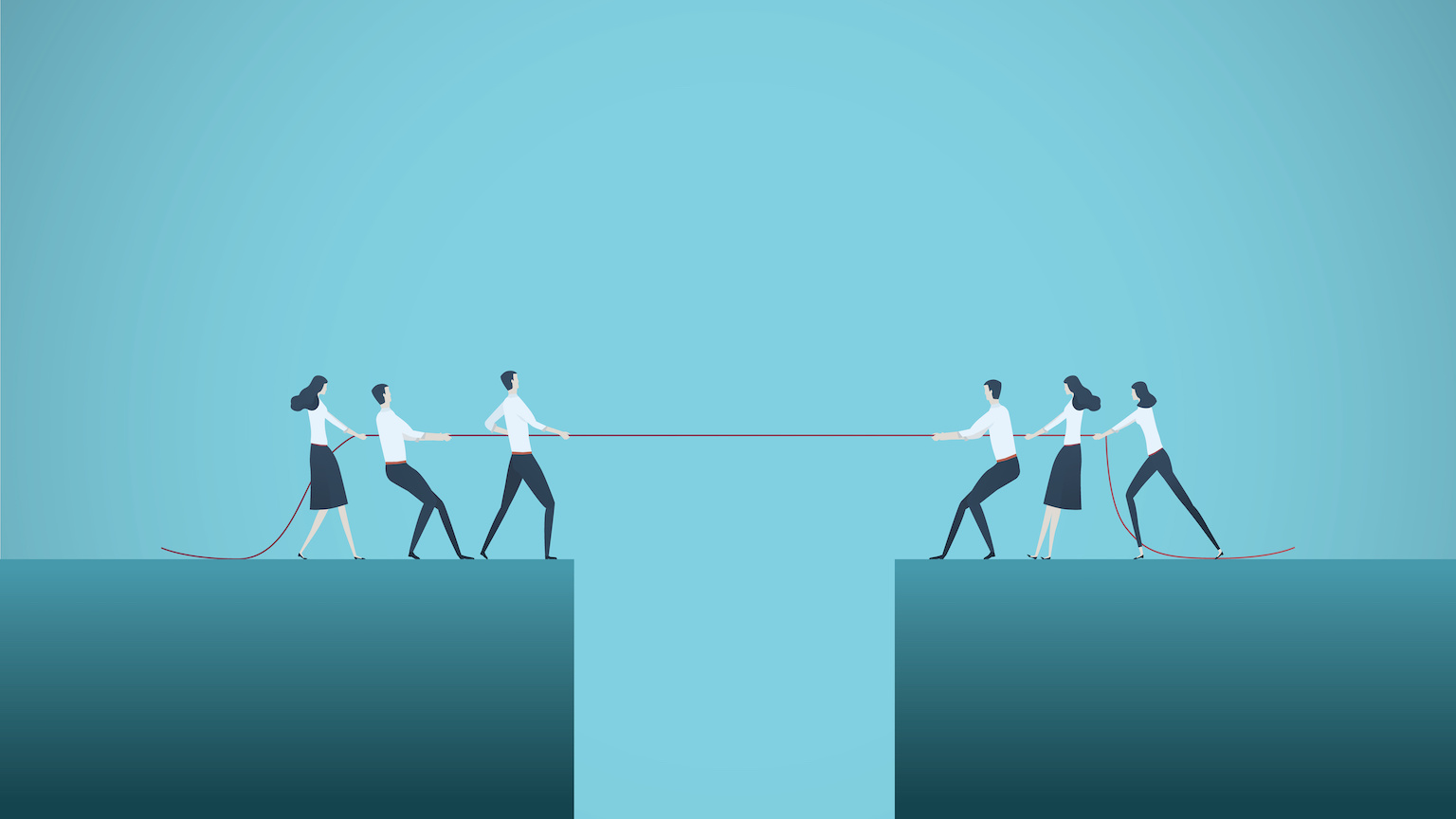How patients are using technology to kick-start a healthcare revolution
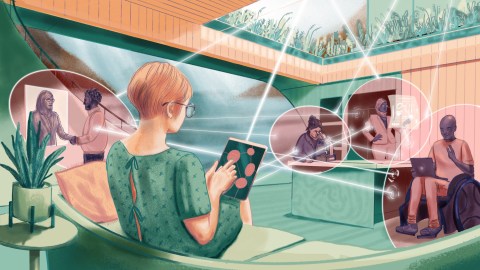
- For many, the modern healthcare system feels like being lost in a dark labyrinth.
- Advances in technology can help us connect people living with medical conditions to the solutions they need.
- Whether as a seeker, a networker, a solver, or a champion, everyone can play a part in the patient-led revolution.
People navigating the healthcare system can feel like they’re trapped in a labyrinth. They fumble through dark passageways and blind alleys, hand outstretched and each step tentative. All the while, they fear the next corner will hide another monster — disease, injury, or financial ruin — or, perhaps as bad, another dead end.
That’s how Susannah Fox, author of Rebel Health, describes the reality many face in today’s healthcare system, a reality that can be especially dark for those living with a rare condition. But there are lights in the labyrinth: We aren’t alone. By connecting with and learning from each other, we can help each other better map the maze and find our way through it.
This is leading to a new “patient-led revolution” in healthcare. Freethink recently spoke with Fox to discuss who is kick-starting this revolution, how technology has enabled us to make the revolution global, and how anyone can help. The interview has been edited for length and clarity.
Freethink: Can you tell us a bit about yourself, and how you came to write Rebel Health?
Fox: I’m a health and technology strategist. I became interested in how the internet was transforming healthcare while working at the Pew Research Center. I got advice that if I wanted to understand the future of healthcare, I should talk to the people living with rare and life-changing diagnoses because they were the ones living on the frontiers of science.
My research eventually got me invited into higher-level conversations in healthcare. I worked at the largest philanthropy in the U.S. focused on health and healthcare, the Robert Wood Johnson Foundation. I was then invited to work in the Obama administration as the chief technology officer at the Department of Health and Human Services.
Since then, I have split my time between advising startups and legacy healthcare companies. I wrote this book to introduce these two groups of people together: the rebels of healthcare and the suits of healthcare (as I lovingly think of them).
Freethink: What is a problem with the current healthcare system that a patient-led revolution might help us solve or remediate?
Fox: One of the primary problems is that people feel left out. They feel invisible and that their needs are not being met by the mainstream healthcare system.
Here, it’s important to note that whether someone’s needs are being met is up to them. It’s not up to the doctor or anybody else to say, “Hey, we’ve given you a prescription. Why aren’t your needs met?” We need to look at the true picture of suffering so we can start to solve the problems of people currently in a place of despair.
When people get hit by a diagnosis, sometimes they can be too exhausted or stunned to take any action. But then something happens, there’s some spark that makes them want to go out and find information or join a community to get better support. And that’s one way that a patient-led revolution can shine in our current healthcare system.
Leaders of the healthcare revolution
Freethink: Who are the people leading this revolution?
Fox: The first type of person that you’ll meet is the seekers. They’re the people who seek the answers to their questions. What marks them as different is that they do not give up. They go on the hunt, and they find what they need.
The second type is networkers. They are the people who naturally form communities. If they find something that’s useful, they’re going to share it with everybody they know.
If the mainstream healthcare system doesn’t create a way to learn from these types of people, then we’ll be missing out on a lot of insight.
Susannah Fox
Another way that the patient-led revolution can help our current healthcare system is by tapping into the ingenuity of solvers. Solvers are people who can’t wait to take a device apart and make it better. They’re the people who hack into their medical devices to free the data. They’re the ones inventing or improving assistive devices.
[Finally], champions are people who have access to mainstream resources. They have the opportunity to recognize a patient-led team that’s doing great work and provide them with funding, guidance, access to facilities — whatever that team needs to help them scale.
If the mainstream healthcare system doesn’t create a way to learn from these types of people, then we’ll be missing out on a lot of insight.
Freethink: In the book, you mention several historic patient-led revolutions. Can you give us an example?
Fox: Alcoholics Anonymous is an example of a peer-led organization. [At the time], people with alcohol-use disorder felt invisible. They felt like their needs were not being met. Nobody wanted to talk about it, and there was no good treatment. So, people banded together to create a peer-to-peer solution in the 1930s.
Another, more recent example is when AIDS and HIV emerged as a public health threat in the 1980s. It was frankly ignored by a lot of mainstream healthcare authorities, so people banded together to form teams of seekers, networkers, and solvers. They helped create the science needed to prove that certain treatments would work, and some solvers connected with leaders at the National Institutes of Health and Food and Drug Administration to change policy over how clinical trials were pursued.
A key point here is that many of the practices of radical, peer-led health movements eventually moved into the mainstream.
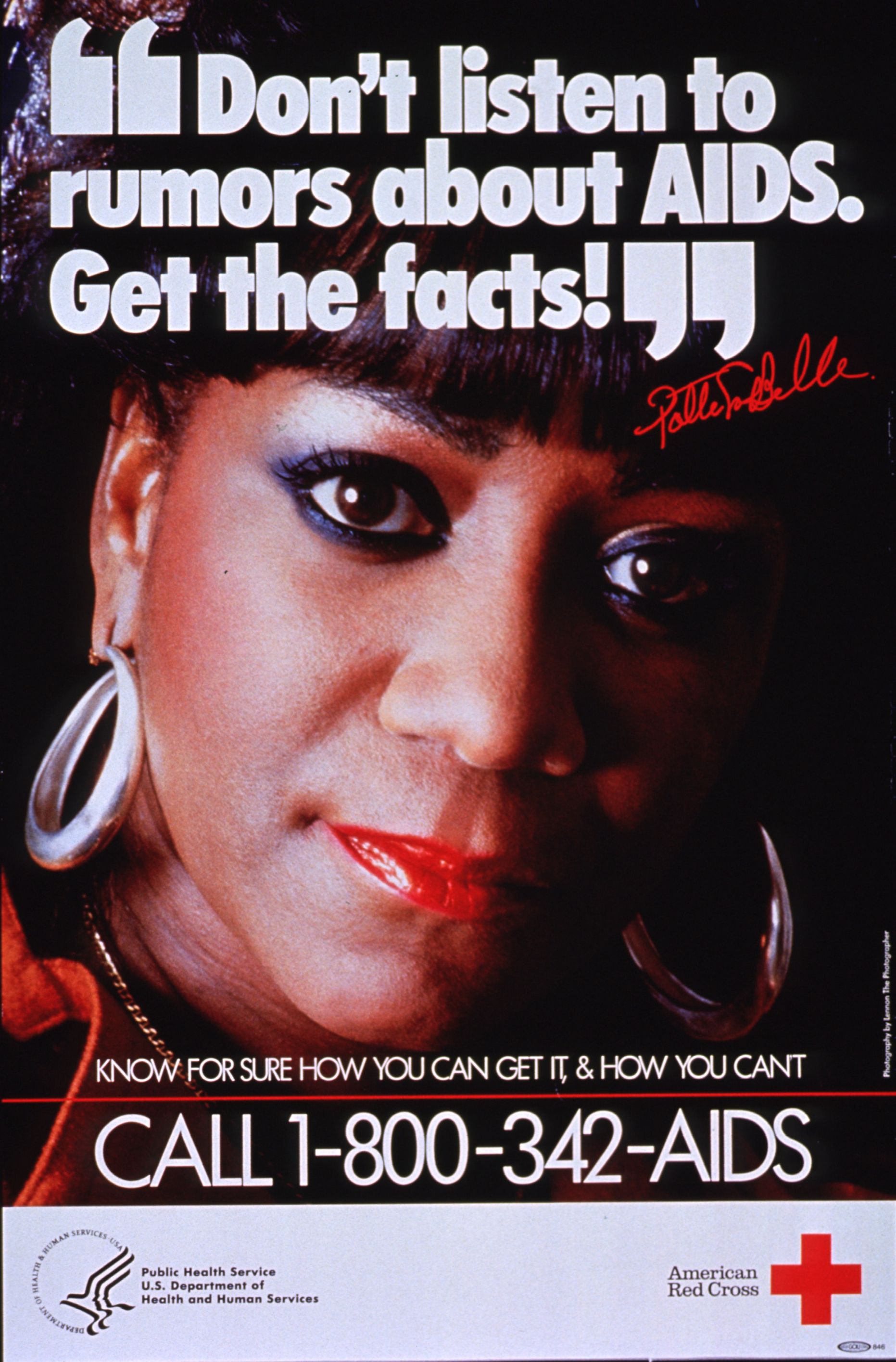
The patient-led revolution v2.0
Freethink: What’s different about today’s patient-led revolution?
Fox: We have a long tradition of solvers figuring stuff out in their home workshops, but everything is moving faster today because of technology. They now have the opportunity to upload a YouTube video, share directions on instructables.com, or even post on social media to say, “Hey, I figured this thing out!”
Another opportunity is for people who are living with a rare diagnosis to find others like them. That connection can be the key to figuring out their next step in a treatment plan or providing them the support to stay on those meds that they hate to take.
These opportunities appease the same ancient instinct we have to connect with and learn from each other. Only now it’s a global connection.
Freethink: How do misinformation and disinformation challenge the patient-led revolution, and what can we do about it?
Fox: I love this question because this isn’t just a national threat. It’s a threat to humanity, and we need all hands on deck to fight against it. What the current public conversation leaves out is the opportunity to harness the patient-led revolution to help fight misinformation and disinformation.
One way people can combat misinformation is by flooding the zone with science. But they can only do that if they have full and open access to the most current data, so we need open science.
There are now policies in place so that if a researcher accepts funding from the federal government, they have to publish an open-access article within one year. I’d like to see that shrink because it cuts off the possibility that seekers and networkers will have access to the up-to-date science they need within that crucial time.
Also, when I think about a vibrant online community, it has many active members posting regularly. Therefore, you can think of it like a healthy immune system. If someone posts bad advice or disinformation, a healthy community swarms like antibodies. They remove the post, downvote it, or put comments underneath that give evidence for why it’s not true.
The downside, of course, is that the online conversation is ever-flowing. You could join a community or see a post before it has been fact-checked. That is a danger, but we can’t throw the baby out with the bath water. We need to figure out how to empower people with information and fact-checking tools.
Creating centers of excellence
Freethink: What can established healthcare players learn from these patient-led networks?
Fox: If a company or government agency recognizes that they need new ideas to solve a problem, the best way is to involve the people who are living with that problem. That’s when [a company or agency] becomes a champion.
One way I’ve seen champions step into their power is by hosting a prize competition and making it open to anyone. The competition creates an intake valve for new ideas, allowing champions to learn from all kinds of people. It might be a group of entrepreneurs, a startup company, or a patient-led team.
The fundamental message is that we all have something to learn, and we all have something to teach, and the internet makes that more visible and possible.
Susannah Fox
Another way is called a learning health network. That is when clinicians and researchers work together to try to improve the delivery of care for a specific disease or condition. What people have found is that if they involve patients and families in that work, they can surface more targeted research questions and learn more directly how things can be improved.
A historic example is the amazing progress that we’ve seen in cystic fibrosis. The Cystic Fibrosis Foundation was formed by families that essentially said, “Our children are not living past the age of six. We are going to change that.” So, patients, families, scientists, and clinicians joined together to create a center of excellence.
Freethink: What can our readers do to be a part of the patient-led revolution?
Fox: If you know something, find a way to share it. If you are a solver, share that hack you devised. If you are a skilled online researcher, be the friend who offers to help with the research. It’s as good as any covered dish.
Freethink: Is there a final message that you’d like to leave our readers with?
Fox: The fundamental message is that we all have something to learn, and we all have something to teach, and the internet makes that more visible and possible.
This article was originally published by our sister site, Freethink.

